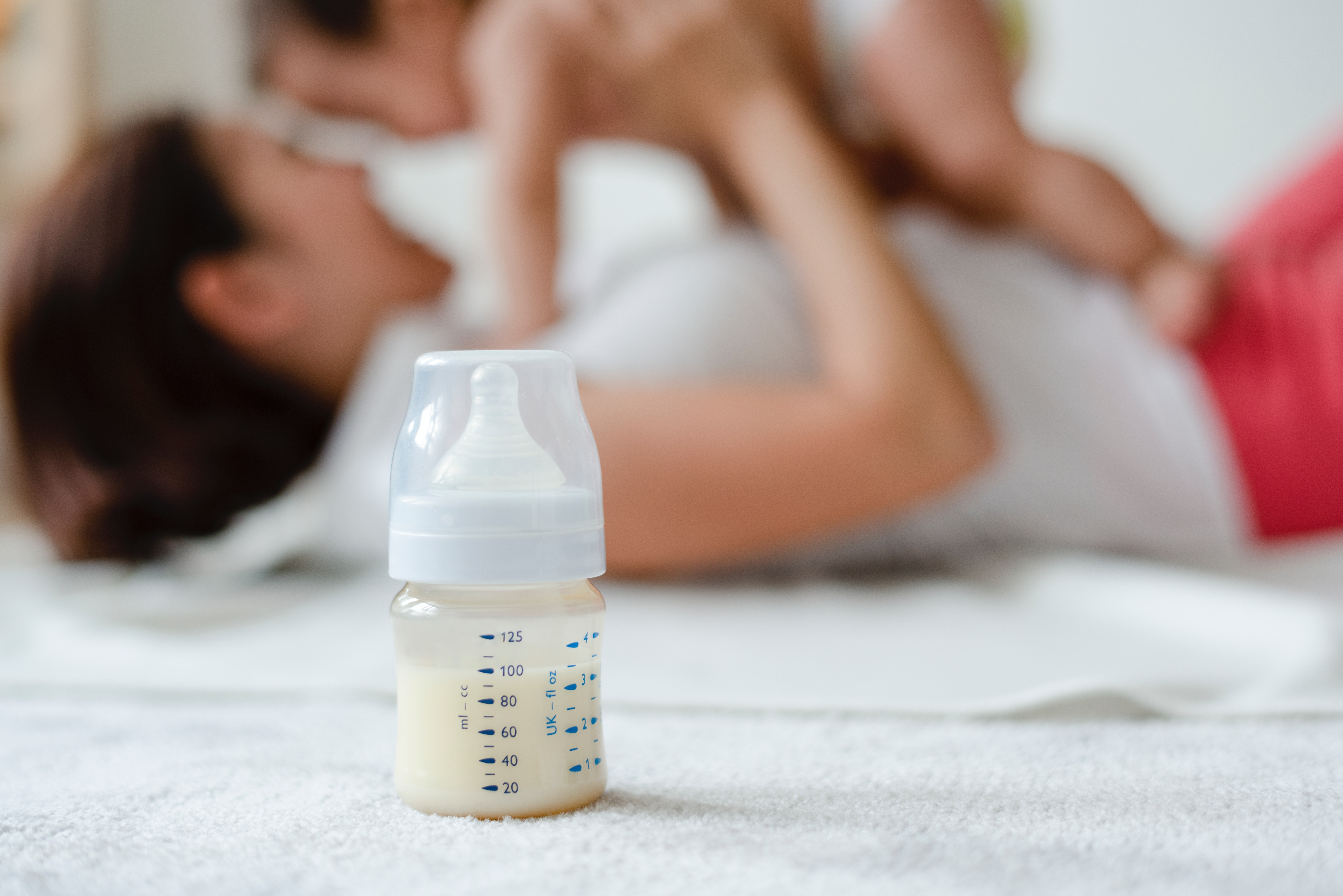Do you have a little one who just won’t take a bottle? Was your baby fine with a bottle at one point, and then suddenly stopped? Does your baby fuss and cry with every bottle feed? Thankfully, it’s completely normal – but that doesn’t make it any less frustrating!
Here are some tried and true tips for dealing with the dreaded bottle rejection:
1. Try a new type of bottle.
Although this may seem obvious, some babies are just pickier than others. Finding the perfect fit can be a tough task, but many websites have user reviews to read through to figure out which brands most parents recommend. Formula-fed babies may prefer one style of bottle more than breastfed babies. Many bottles are designed to prevent too much air that causes gas, so pick a brand that keeps baby’s tummy troubles in mind. Some bottles are big, some are small, some are designed for babies to easily hold, and some are designed to be soft and squishy to mimic breastfeeding. There are many options out there!
2. Try a new type of nipple.
There are a few different types of bottle nipples. They vary in how soft and moldable they are. Some are made of silicone and others are made from plastic. There are different levels of “flow” as well, meaning how quickly and easily the liquid comes out. Experts recommend that breastfed babies use slow-flow nipples, even past the recommended age, because it closely mimics the natural release of breast milk. Babies on formula can graduate to faster-flowing nipples as they grow. Play around with different styles and shapes of nipples to see if your baby prefers one over the others!
3. Have someone else feed the baby, and stay far, far away.
Babies have a sixth sense for smelling their mommies. Often times, if a baby can sense that mama is in the room, she’ll refuse to take a bottle. If a breastfed baby knows that her milk source is nearby, she’ll prefer the breast over the bottle almost every time. Try having Daddy, a grandparent, or another caregiver feed the baby while you go into another room or even leave the house. This may help baby take the bottle smoother instead of fussing for mama!
4. Be consistent in your routine.
If baby rejects the bottle suddenly, don’t give up. Try giving a bottle at the same time every day, whether that be first thing in the morning, a mid-afternoon snack, or right before bed. Keep offering the bottle at that one time slot every day for a few weeks. Eventually, baby might adapt to the new routine and begin taking the bottle again.
5. Try “pace feeding.”
Breastfed babies are used to a particular type of eating. Pace feeding from a bottle is meant to closely mimic actual breastfeeding. Pace feeding involves feeding the baby only an ounce or two at a time, pausing to burp or take a short break, and then switching baby to the other side. This pattern mimics the natural flow of breastfeeding and may help your baby feel more calm and relaxed while taking a bottle.
Each of these tricks can help your baby feel more at ease when drinking from a bottle. It can be hard to transition from breast to bottle for some babies, and it puts parents in a very stressful, frustrating situation. Be persistent in your routine, and be open minded and willing to explore a variety of options, and your baby is sure to take a bottle in no time!



